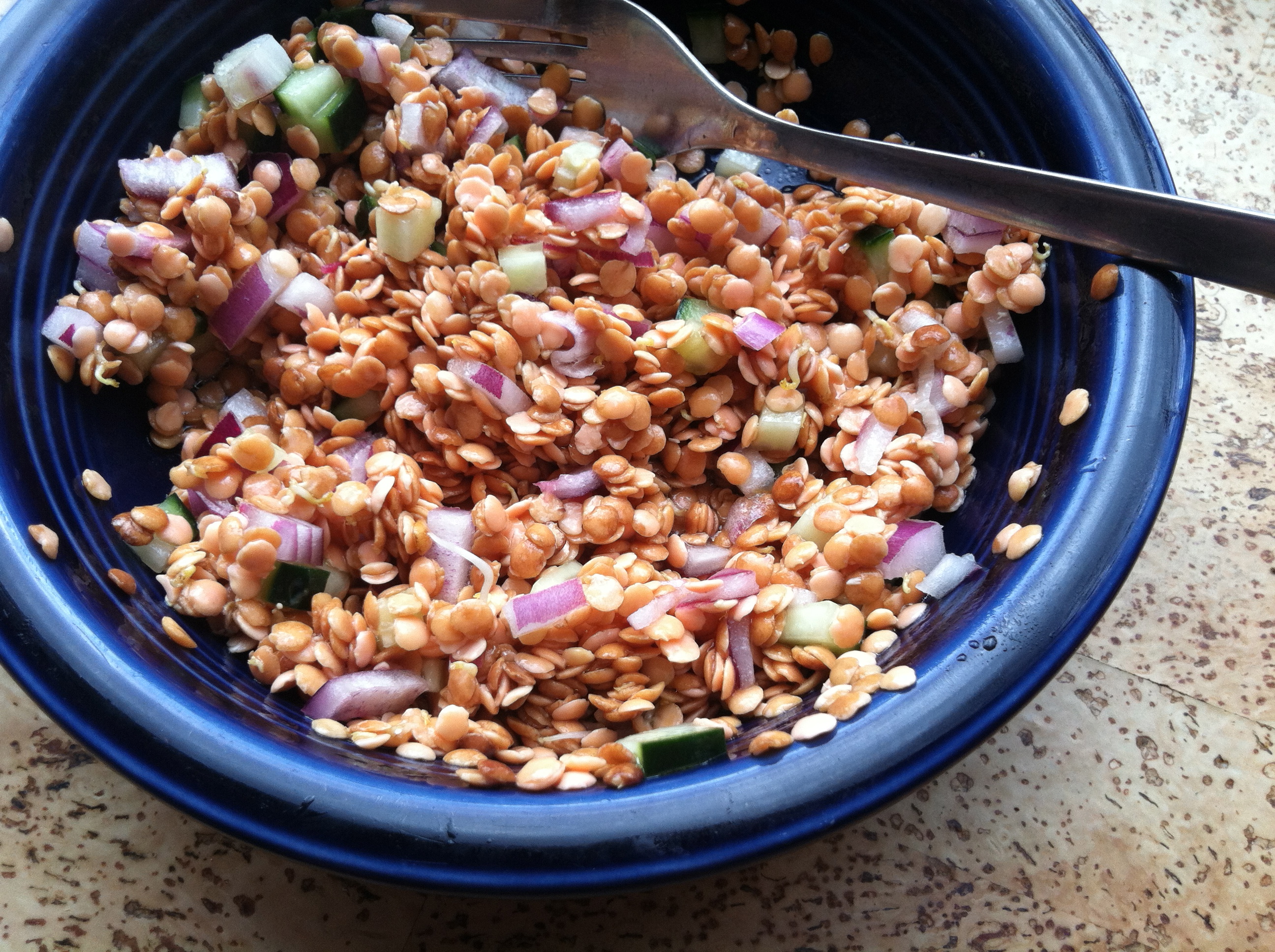I made this vegan curry a few days ago and it was so good I made it again! I like to cook big pots of tasty soups or curries, eat it for a few days (it gets even tastier), and when I want something else, I freeze what’s left and make something else. Then I have something that just needs thawing and heating when I don’t have time to cook.

The veggie count (counting each ingredient only once, because the spices and vegetable stock duplicated some):
coconut (oil and milk)
yellow onion
ginger
garlic
spices: turmeric, smoked paprika, fenugreek, coriander, cumin, red pepper, lemongrass, shallot, makrut lime peel, black pepper
vegetable stock: carrots, celery, leek, parsley, thyme, bay leaf, olive oil
veggies: tomatoes, sweet potatoes, broccoli, cauliflower, bell pepper, shiitakes, baby Bellas, oyster mushrooms, peas
That’s 30 plants, served over red quinoa, so the total is 31! In one meal!
Honestly, I’m not sure if the red pepper found in the curry powder and red curry paste and also in the vegetable stock is the same as the fresh red bell pepper chunks I added. So maybe the total is just 30…but whatever! I’m pleased with this experiment.
When you add herbs and spices and spice blends like curry powders and pastes, as well as vegetable stock, your plant count goes way up quickly.
The non-plant ingredients were: water, salt, and shrimp and barramundi because I wanted more protein. I added them at the end because they cook fast.
The recipe I used says it makes 6 servings. These are generous servings!
The variety of plants feeds a variety of good gut microbes, increasing digestive health and thus energy and overall health. Another perk: eating a variety of colors of veggies and spices — yellow, red, orange, green, white, brown, aka “eating the rainbow” — has numerous health benefits as well. (Note to self: next time add a blue or purple veggie — eggplant, cabbage, purple onions or sweet potatoes.)


